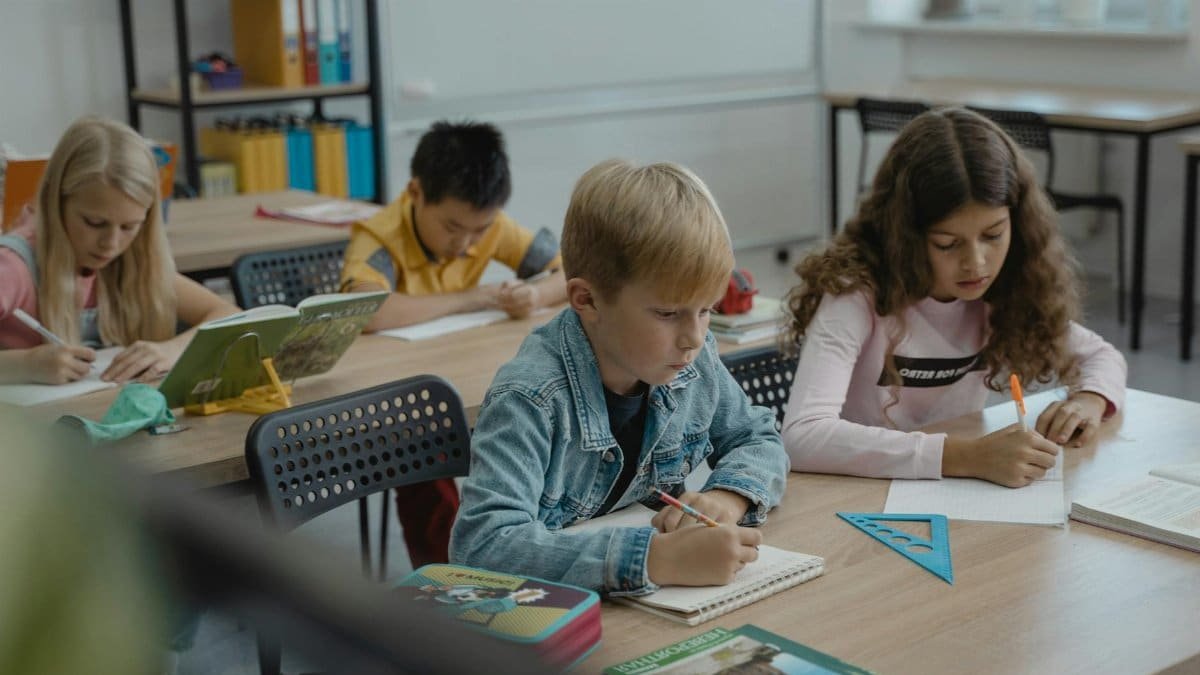New data shows that 75% of U.S. educators report improved student behavior after implementing mindfulness programs in classrooms. This surge in meditation mindfulness focus is reshaping education, helping kids manage stress and boost concentration amid rising mental health challenges. From elementary schools to high schools, these practices are becoming essential tools for fostering calmer learning environments. As schools grapple with post-pandemic recovery, mindfulness offers a simple yet powerful way to enhance focus and emotional resilience. Experts say it’s not just a trend; it’s a transformation that’s here to stay.
The Rise of Mindfulness in U.S. Schools

Across the United States, schools are adopting mindfulness techniques at a rapid pace. Programs that teach students to pause, breathe, and center their thoughts are popping up in districts from New York to California. This shift comes as educators seek solutions to combat distractions from technology and social pressures. A report from the Centers for Disease Control and Prevention highlights how mental health issues among youth have spiked, prompting schools to integrate these practices into daily routines. Teachers note that even short sessions can lead to quieter classrooms and better engagement.
Benefits for Student Focus and Performance

Mindfulness exercises help students sharpen their attention spans, crucial in an era of constant notifications. Studies show participants in school-based programs score higher on tests of concentration and memory. For instance, research from Harvard University indicates that regular practice reduces mind wandering by up to 20%. This directly translates to improved academic outcomes, with some schools reporting fewer disciplinary issues. Educators emphasize that these tools empower kids to self-regulate, turning chaotic energy into productive focus.
Overcoming Common Implementation Challenges

Not every school jumps on board easily. Skeptics worry about time constraints or cultural fit. Yet, successful programs start small, with five-minute sessions that build buy-in. Training teachers is key; many districts partner with organizations like the Mindful Schools initiative to provide resources. Challenges like student resistance often fade as benefits become evident. Administrators stress adapting practices to diverse populations, ensuring inclusivity without forcing participation.
Real Stories from the Classroom

In Chicago’s public schools, one teacher introduced daily breathing exercises after noticing her students’ anxiety levels. Within weeks, disruptions dropped, and participation rose. A principal in Texas shared how mindfulness helped a group of at-risk teens improve attendance. These anecdotes underscore the human impact, showing how simple techniques foster a sense of community and calm. Parents, too, report seeing changes at home, with kids applying lessons to manage homework stress.
Scientific Backing and Expert Opinions

Backing comes from solid research. A study published in the Journal of the American Medical Association found mindfulness reduces symptoms of ADHD in children. Experts like Jon Kabat-Zinn, pioneer of mindfulness-based stress reduction, argue it’s essential for modern education. The National Institutes of Health supports this, with findings on brain changes that enhance emotional regulation. In 2025, more funding is expected to expand these programs nationwide.
Practical Tips for Schools to Get Started

Starting is straightforward. Begin with apps or free online guides that offer guided sessions. Train staff through workshops, then integrate into morning routines or after recess. Track progress with simple surveys on student mood and focus. Collaborate with parents via newsletters to extend practices home. Resources from organizations like the Greater Good Science Center at UC Berkeley provide evidence-based curricula tailored for educators.
Potential Drawbacks and Criticisms

Critics argue mindfulness might oversimplify complex mental health needs or feel imposed on unwilling participants. Some studies suggest limited long-term effects without ongoing support. Schools must avoid treating it as a cure-all, instead combining it with counseling services. Ethical concerns arise if programs ignore cultural sensitivities. Despite this, proponents point to overwhelming positive data, urging balanced integration.
Future Trends in Educational Mindfulness

Looking ahead, virtual reality tools could make mindfulness more immersive for students. In 2025, expect policy pushes for mandatory wellness curricula in states like California. Integration with technology, such as AI-guided apps, will personalize experiences. As research evolves, schools may see mindfulness as core as math or reading, addressing holistic student development in a fast-paced world.
